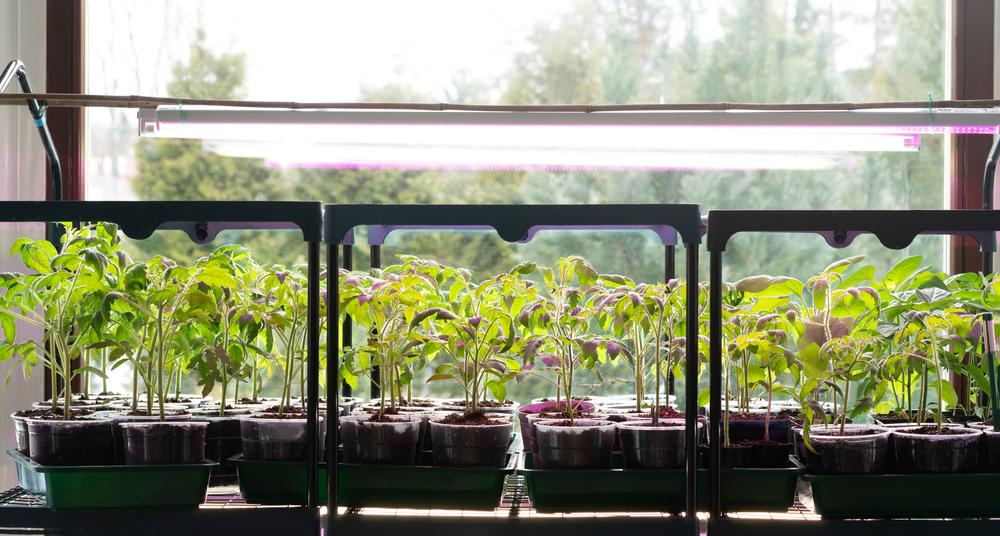Humans don’t like cold, wet, and dreary days, and plants don’t either. Seed catalogs may arrive in the mailbox, but a peek outside shows the growing season to be weeks or even months away.
For gardeners who want a jump start, grow lights fill the gap. They allow a gardener to start several dozens or even hundreds of seedlings early without them becoming pale or leggy. One can even plant an entire garden indoors.





